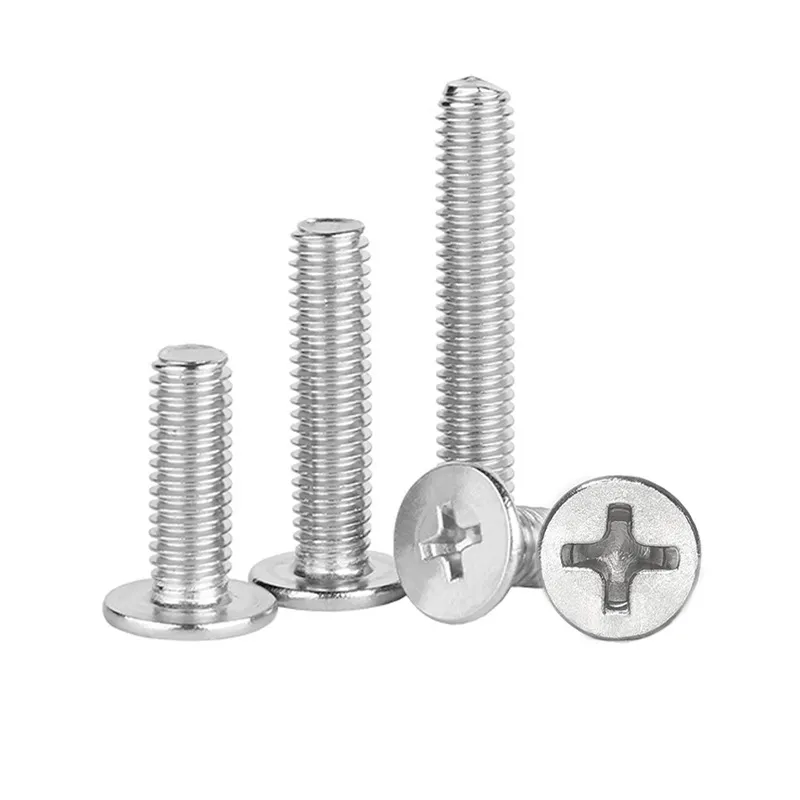

Stud Bolt Fastening System with Two Nuts for Enhanced Stability and Security
Agu . 22, 2024 03:27 Back to list
Stud Bolt Fastening System with Two Nuts for Enhanced Stability and Security
Understanding the Importance of Stud Bolts with Two Nuts in Mechanical Applications
In the realm of mechanical engineering and construction, the importance of reliable fastening systems cannot be overstated. One of the most effective solutions for creating secure connections between components is the stud bolt assembly, particularly when used with two nuts. This approach to fastening offers exceptional strength, versatility, and ease of use, making it a popular choice across various industries.
What is a Stud Bolt?
A stud bolt is essentially a long cylindrical rod, or bolt, that is threaded on both ends. Unlike conventional bolts, which have a head on one end, stud bolts are designed to be installed between two components with a nut on either end. This unique configuration allows for greater flexibility in assembly, as it can be used in different orientations and setups where conventional bolts might not be feasible.
The use of stud bolts is especially prevalent in high-stress applications, such as those found in construction, manufacturing, and the automotive industry. They provide a reliable way to connect heavy machinery parts, piping systems, and structural elements, resulting in sturdy assemblies that can withstand significant forces.
The Dual Nut Advantage
Using two nuts with a stud bolt enhances its effectiveness in several crucial ways
1. Increased Stability The dual-nut arrangement effectively locks the stud in place, reducing the risk of loosening due to vibrations or dynamic loads. This is particularly important in applications involving heavy machinery or equipment subjected to constant movement.
stud bolt with 2 nuts

2. Load Distribution By having two nuts, the load is distributed more evenly across the surface of the materials being joined. This helps to reduce localized stress points, which can be a common cause of material failure.
3. Ease of Adjustment The ability to tighten or loosen each nut independently allows for fine-tuning of the assembly’s tightness. This feature is especially useful during maintenance, where adjustments may be necessary to account for wear over time.
4. Versatility Stud bolts with two nuts can be used effectively in situations where there is limited access to the assembly area. For instance, when working in confined spaces, it might be easier to maneuver and adjust two nuts than to work with a traditional bolt and nut setup.
Applications of Stud Bolts with Two Nuts
The application of stud bolts with two nuts spans various industries. In the construction sector, they serve as critical connectors for steel structures, ensuring stability and security in the face of external forces. In the energy sector, particularly in oil and gas, these fasteners play a key role in securing pipelines, where reliability is paramount. Automotive manufacturers rely on them to connect parts of engines and chassis, ensuring vehicles can endure the demands of operation.
Additionally, stud bolts are commonly found in assemblies involving heat exchangers and pressure vessels, where the ability to create a leak-proof seal is essential. The configurations of these fasteners can also be customized with different materials and coatings to withstand environmental conditions, such as corrosion or extreme temperatures.
Conclusion
In summary, the stud bolt with two nuts serves as a fundamental component in many mechanical assemblies. Its structural integrity, ability to withstand vibration, and ease of maintenance make it an invaluable asset across numerous industries. As engineering advancements continue to evolve, the reliance on such robust fastening methods will likely increase, ensuring that modern infrastructural demands are met with efficiency and safety. Understanding these components’ functions and advantages is critical for any engineer or technician working within these fields, as they contribute significantly to the overall success of mechanical systems.
Latest news
-
Premium Self Tapping Metal Screws: Strong & Easy Install
NewsAug.02,2025
-
Premium Fasteners Manufacturer | AI-Driven Solutions
NewsAug.01,2025
-
Hot Dip Galvanized Bolts - Hebei Longze | High Strength, Corrosion Resistance
NewsAug.01,2025
-
High-Strength Hot Dip Galvanized Bolts - LongZe | Corrosion Resistance, Custom Sizes
NewsAug.01,2025
-
Best Self Tapping Screws for Drywall - Fast & Secure Installation
NewsJul.31,2025
-
High-Strength Hot Dip Galvanized Bolts-Hebei Longze|Corrosion Resistance&Customization
NewsJul.31,2025

